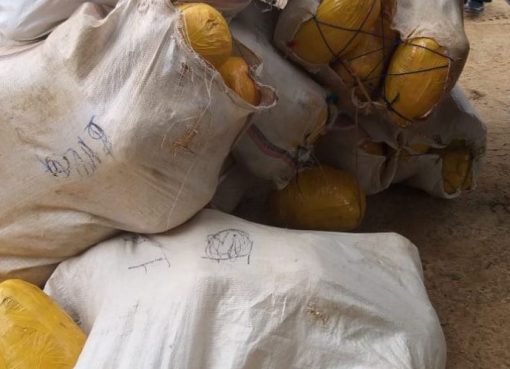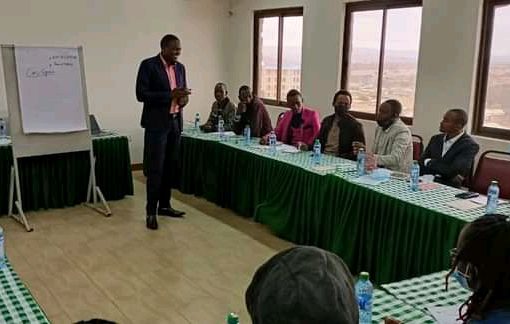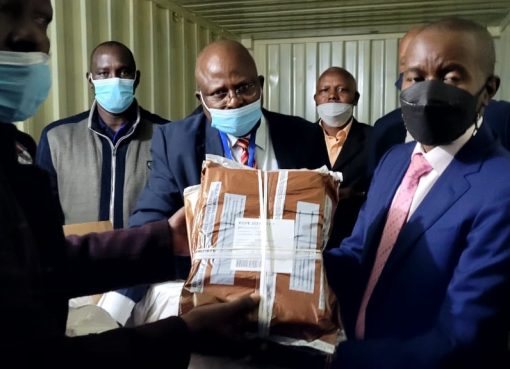A farmer in Olorien village, Kajiado County is counting loses after an unknown number of leopards broke into his homestead and killed 15 sheep Saturday.
The wild animals attacked and killed all the 15 sheep at 3 am after breaking into their pen as the owner, Julius Kinayia and his wife slept.
Kinaiya said the death of the sheep has left the family devastated because they had planned to sell them off and raise the money to buy a grade cow for milk.
He said he learned of the attack after going out to check on his sheep at 4 am, adding that he found some of them breathing faintly.
“I knew they had been attacked by a leopard after I noticed that most of them had their necks broken with deep canine holes which are an indication that blood was sucked from them. Leopards were spotted here sometime back and they must have strayed from the park,” said Kinayia.
Kenya Wildlife Services officer in charge of Kajiado West Sub County, Daniel Kirui confirmed the incidence noting human/wildlife conflicts are on the rise due to the prolonged drought season.
Kirui advised farmers who border with Nairobi National Park to enhance the security of their livestock by putting up strong fences.
“These cases are increasing by the day and we are actually advising residents to take extra precaution in ensuring the safety of their livestock. I know it is a bitter experience for a farmer to lose that number of sheep,” said Kirui.
Kajiado KWS County Director, Muteru Njauini said the increase in human-wildlife conflicts is a major problem in wildlife areas.
“This arises due to, among other reasons, acute water shortage, and inadequate pasture during dry seasons. These severely affect wildlife, livestock, and humans. As competition for the available resources ensues therefore, rising levels of such cases are experienced,” said Njauini.
While KWS insists that increased cases of conflicts have been the root causes in climate variability and change, as well as the extension of human activities in areas originally preserved for wildlife, the government is yet to release compensation money for farmers.
Land-use changes and the consequences of population pressure have also led to decreases in land and other resources available for wildlife, thus aggregating cases of conflicts.
“These conflicts are a significant threat to ecosystem variability in general, and to large mammal populations in particular,” added Njauuini.
He said mitigation measures are being rolled out with the aim of reducing conflicts. Njauuini cited the example of live animal translocations which have been carried out in many places to ease pressure on ecosystems in some areas.
A source at the KWS headquarters, and who sought anonymity, said no compensation has been made across the country from 2015 due to lack of legal framework.
He said farmers are owed more than Sh900 million in compensations on damaged property across the country, and that the amount is going up every other day.
At present, the source said, compensation relating to human/wildlife conflicts is paid out by the government. The assessment, rates, and payment of claims is determined by the County Wildlife Compensation Committees.
On the ground, however, those committees are not functional because, according to KWS, the Treasury has not released funds for compensation and paying those sitting in county wildlife compensation committees.
At the moment, KWS says, the compensation paid out only relates to human injury or death. It does not include the destruction of crops, livestock and property.
By Rop Janet
Saturday, November 23, 2024




